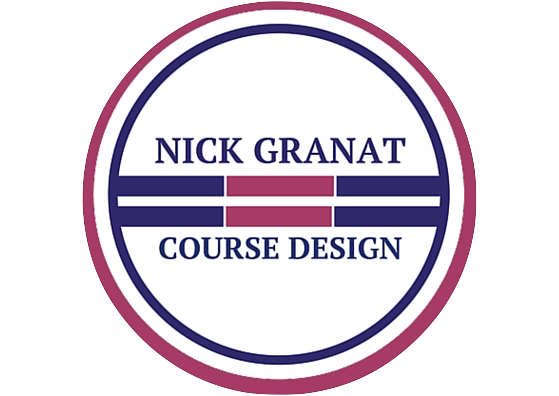Amy Bower Doucette, Special to The Palm Beach Post, 12:00 a.m. Wednesday, Dec. 14, 2016, Local News
Nick Granat (left) with his friend Paul O’Shea. Granat has designed show-jumping courses since he was a child. He is one of a handful of course designers for the 2017 Winter Equestrian Festival.
The Winter Equestrian Festival starts in January, and a handful of course designers are already hard at work, carefully creating jumping courses for each class. There are 13 rings, and each course designer gets a different ring each week. Designing courses is a delicate balance between making the sport challenging, and unintentionally making it dangerous.
Course designers spend years apprenticing, walking courses and learning their craft. Designer Nick Granat (www.NickGranat.com) grew up competing in WEF and other horse shows around the country and has made a name for himself designing exciting, yet safe, hunter and jumper courses.
“It’s something I’ve always been interested in, ever since I was a little kid,” Granat said. “My grandfather made me a model set of jumps when I was little and I used to set courses in the tack room at horse shows. I got more sophisticated as I got older and I got to go to some really big events. I got to go to the Olympics when I was 14 and walk the courses. I got to see what the sport was all about. A few years ago, I decided to make the jump and do this full time.”
The governing bodies of show jumping — the United States Equestrian Federation (USEF) and the International Federation for Equestrian Sports (FEI) — dictate the height of jumps for each discipline, and how far apart they need to be in the case of hunter classes. Course designers can get as creative as they want within those parameters. A well-designed course is often taken for granted. A bad course, however, is instantly noticed by riders and spectators alike.
“A bad course is awkward and harmful to the horses,” Granat said. “When people fall off, that’s when it’s bad. If you build a little too big for the people you have in the competition, that can lead to negative experiences. You really have to pay attention to what you’re doing, especially as the jumps are closer together. You can turn people on their heads pretty easily. People don’t notice when we do our job well, but when we mess up, everyone notices.”
In order to be certified as a small ‘r’ course designer, you must complete a daunting pile of paperwork and several apprenticeships and clinics. Once you have your ‘r’ rating, you must design a certain number of courses over a two-year period to earn your big “R” rating, which makes you appealing to prestigious horse shows. The process of getting certified, then getting rated, is not for the impatient.
“It is a very long process to get certified,” Granat said. “I went to a school in Germany a few years ago for a week to see what I would learn there, but most of the training is hands-on. It’s very experience-based.”
Granat is listed as one of the top 10 course designers approved by the North American Riders Group (NARG). At 35 years old, he is the youngest course designer on the list. He hopes to someday expand his resumé to include designing courses for the Olympics.
“That’s the main goal,” he said, “to design upper level championship courses and be consistent.”
Amy Bower Doucette writes about the equestrian communities for Neighborhood Post. Send mail to 2751 S. Dixie Highway, West Palm Beach, FL 33405. Call 561-820-4763, fax 561-837-8320. neighborhood@pbpost.com

